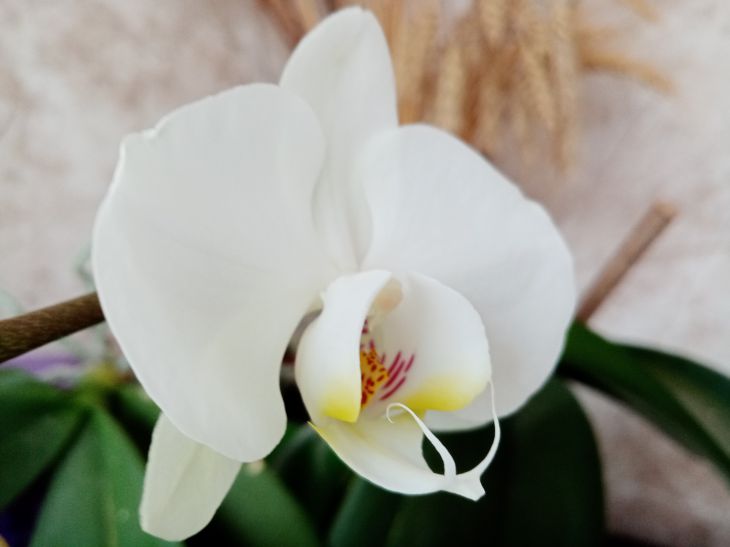How to Restore an Orchid with Dry Roots to Bloom Beautifully and Vigorously Again
Sometimes the orchid's aerial roots begin to dry out, and this can lead to the death of the plant.
To preserve and cure it, first place the plant roots in a glass of clean, settled water.
However, this plant does not always feel better in water than in the substrate. To check this, keep the orchid in water for a month and watch whether it grows young aerial roots, whether new leaves and flower stalks appear on it.
If new roots have not started to form, this means that these conditions for restoration are not suitable for this plant.
However, usually such conditions are suitable for those orchids that grow on our windowsills, since this is only for 2-3 months.

Afterwards, it is transplanted into a substrate, where it will continue to grow and bloom for a long time.
When in a container with water, orchids can throw out flower stalks and start to bloom. The main condition is that they are healthy before this procedure.
Methodology
Place the flower in a container with water, dipping only the tips of the roots into the water. Place it in a lighted place and do not move it unless necessary.
Do not change the water in the container very often, as it should be warm, settled or at room temperature.
To add a little water, which constantly evaporates, take warm and settled water, because the flower does not like sudden changes in temperature.
When the water starts to bloom, turn green or has a strong unpleasant smell, then change it completely, after washing the container well.
To secure the orchid well in a container of water, use wooden skewers.
Additional feeding of the orchid is not necessary; you can simply pour about 1 teaspoon of liquid fertilizer into the water once.
After all the procedures, when the flower has grown young roots for 1-2 months, transplant it into a substrate for orchids and expect the orchid to bloom quickly.
